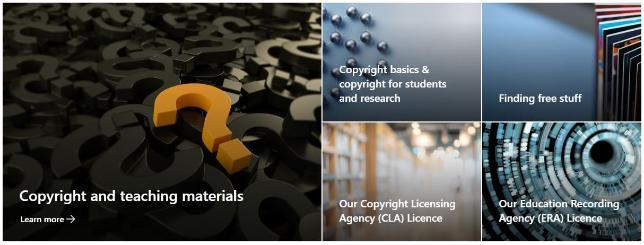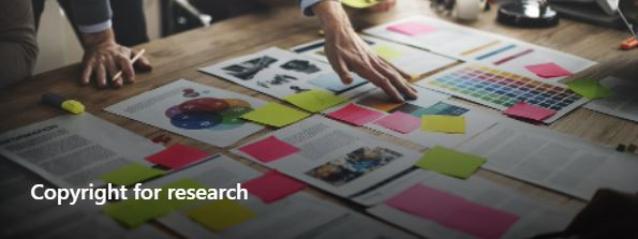How much can I copy?
There is no exact percentage of the 'limited' amount you can copy under fair dealing exceptions such as non-commercial research and private study, however below is some guidance on what would be considered fair:
- two articles per journal issue (or 10%, whichever is the greater), or up to a whole issue if it is devoted to a particular theme.
- one set of conference proceedings, or a single law report
- up to 10% of a book or a complete chapter, whichever is greater
- a whole poem or short story from a collection, provided the item is not more than 10 pages
- up to 10% (maximum of 20 pages) per short book (without chapters), report or pamphlet
- one separate illustration or map up to A4 size
- short excerpts from musical works (not whole works or movements). No copying is allowed for performance purposes
Is it ok to photograph a chapter of a book on my smartphone or iPad as opposed to photocopying?
Yes, as long as it is for your own non-commercial research or private study. There are no restrictions on changing the format of the copyright work provided the copying is fair. You must not make a copy and then send to other individuals.
Does copyright apply to work I have created?
Yes. Your essays, emails, exam scripts, dissertations and other original material you create in the form of projects or assignments all constitute copyright material. You are the rights holder, but the University requires you to submit copies for the purpose of marking and assessment, and may require you to deposit copies of material in a departmental collection or the University Library.
Do I own the copyright in my coursework?
Yes. The University’s IP policy states that students own their own IP (this includes copyright) unless the University has contracted with an outside body (eg an industrial sponsor) where the outside body has a claim on the IP and the student is required to assign the IP to the University.
The policy also states that students grant the University a continuing licence to use students’ work created in the course of their studies with the University for the administrative, promotional, educational and teaching purposes of the University.
Can I copy images I find on the web?
Maybe, remember unless otherwise stated, ALL material on the internet is protected by copyright; this includes images.
However, it may be possible to copy images without infringing copyright if they are being used for one of the following safe purposes:
- non-commercial research and private study
- criticism and review
Where can I find free images to use in my work?
There are loads of free image sites you can use. Most are free to use for non-commercial purposes, so you just need to attribute the image correctly. We provide a comprehensive list of free images sites on the Finding free-to-use images page.
Can I use third-party materials within my dissertation or thesis?
Yes, but only if the use is fair. The use must be limited to what is necessary for the purpose of your work, and it must not negatively impact on the market for the original work. This may mean limiting copying to shorter extracts of a work. For further advice on this contact copyright@cumbria.ac.uk
How should I go about getting permission from a rights holder to use their material?
If you know who to contact to request permission, you can adapt this permission request form to suit your needs. Contact copyright@cumbria.ac.uk if you need any advice on seeking permission.


